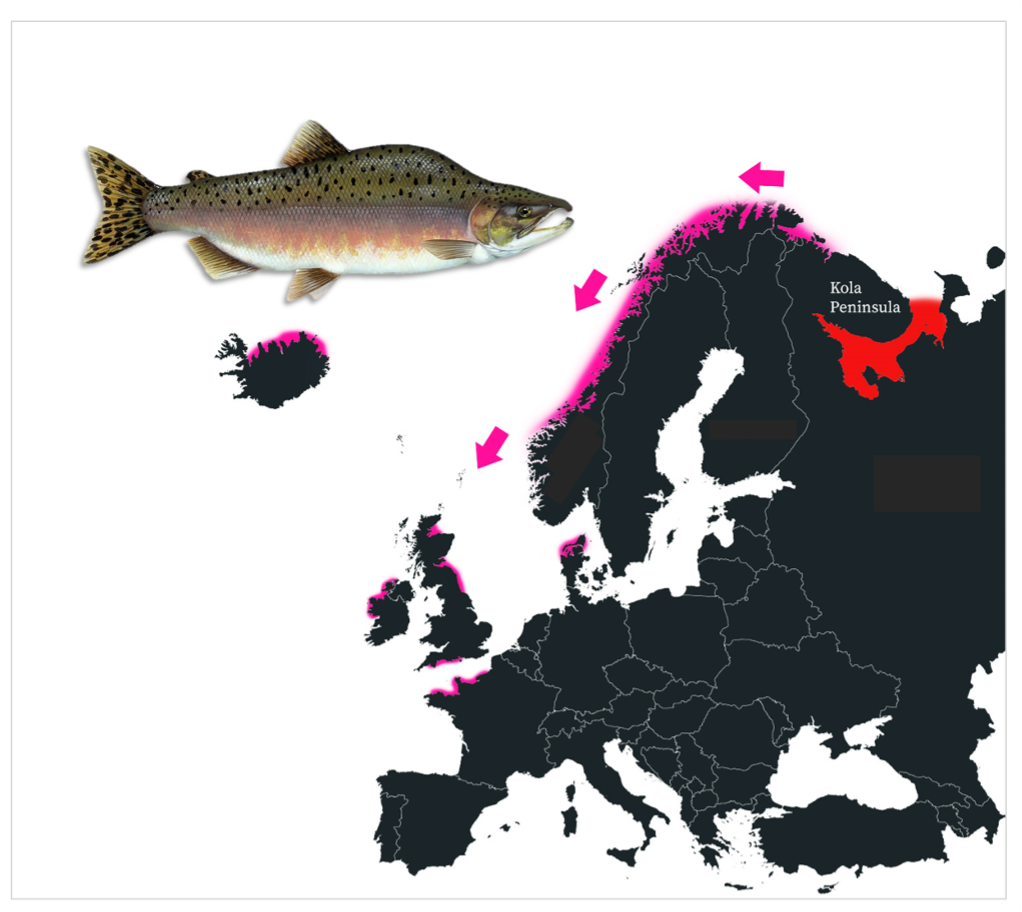Have pink salmon found their way to the Meuse River?
Recent eDNA research by INBO picked up the presence of the non-native pink salmon at two sites in the Meuse River. This is a small salmon species, characterized by a huge hump on its back. This hump develops mainly in males when they swim up rivers from the ocean to spawn and eventually die. It is a species of salmon native to the Pacific Ocean west of North America and released by humans in Kola, northern Russia. Pink salmon have been on an accelerated southwestward march in the Atlantic since 2017. Today, for example, they are already more common than Atlantic salmon in many Scandinavian, Irish and Scottish rivers. Three pink salmon were also recently caught at the Haringvliet locks in the Netherlands, indicating that the species is advancing further southwest.
Atlantic salmon are also increasingly detected via eDNA in the Meuse and its tributaries. These observations show that the recovery programs initiated after the species had almost completely disappeared are beginning to bear fruit. These include efforts to reintroduce Atlantic salmon, restore river connectivity and improve water quality in our rivers.
Whether the pink salmon will eventually pose a threat to native Atlantic salmon populations is unclear. Because the spawning periods of both species do not overlap, the adults do not come into direct contact with each other in the rivers for the time being. Also, the young pink salmon migrate back to sea much faster, so any possible overlap between the two species is fairly limited in that life stage as well. Should they eventually come into more contact with each other, it is possible that they will compete with each other for spawning grounds or food and crossbreeding may occur. It is also possible that diseases or parasites could be transmitted.
Rein Brys & Charlotte Van Driessche
Distribution of pink salmon along European coasts since 2017, with the introduction region in red (adapted from Whelan (2021) Off the Scale). During the ocean phase, the species is difficult to distinguish from Atlantic salmon or sea trout. One notable difference, however, are the elongated oval spots, on both the top and bottom of the tail of the pink salmon, which are absent in the native salmonids.
Image top of page: Shutterstock

